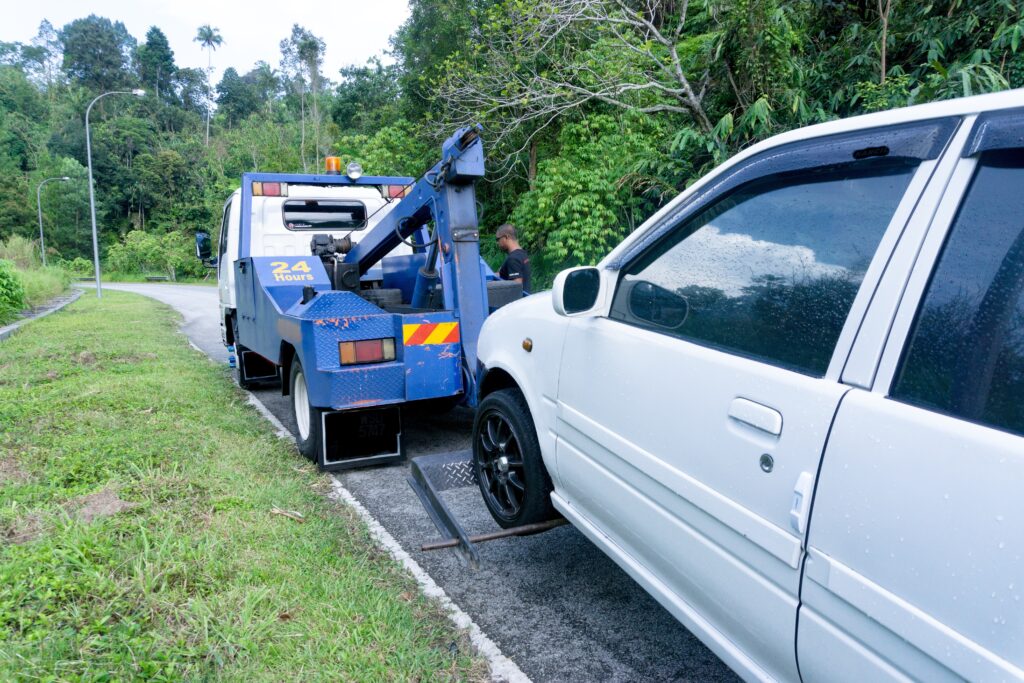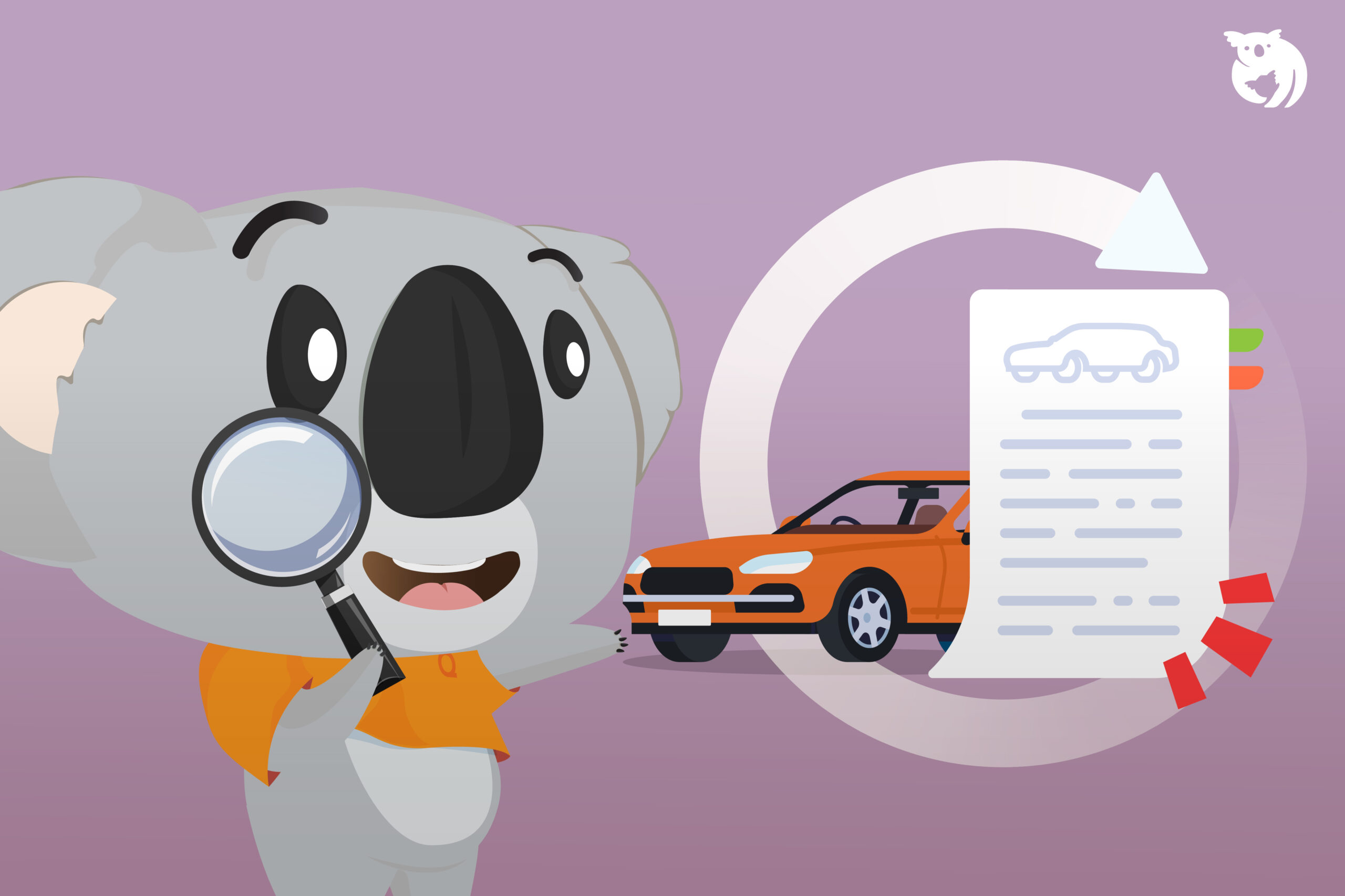Betterment insurance, also known as betterment clause or betterment coverage covers the costs of replacing or repairing old or worn-out parts with new ones when you make a claim. It’s the bridge that covers the gap between old and new, offering financial support in ensuring your assets are restored to their optimal state.
Understanding Betterment Insurance: What It Means, How It Works?
Betterment refers to a specific provision in car insurance policies in Malaysia. It is a concept that every policyholder should be aware of, as it can have a significant impact on your out-of-pocket expenses when making a claim. This concept can help you avoid surprises and ensure that you are adequately prepared for the financial aspects of an insurance claim.

What is Betterment in Car Insurance?
In simple terms, betterment represents a portion of the cost that consumers will have to bear when a damaged part of their vehicle is replaced with a brand new, original part. It ensures fairness by preventing policyholders from using insurance claims to significantly upgrade their vehicles at the expense of the insurer.
Instead, policyholders share in the cost of returning the vehicle to a better condition than before the accident, considering the age and wear of the vehicle’s parts.
Why Is The Betterment Charge Imposed?
The betterment charge is imposed in car insurance to ensure fairness and prevent policyholders from benefiting financially from an insurance claim. There are several reasons for imposing a betterment charge:
1. Maintenance of Fairness
Car insurance is designed to provide coverage for unforeseen events, accidents, and damage to your vehicle. The concept of betterment is introduced to maintain fairness and prevent policyholders from receiving an unjust financial advantage through their insurance claims.
Without betterment, individuals could potentially upgrade or improve their vehicles at the expense of the insurer.
2. Depreciation
As vehicles age, their parts naturally experience wear and tear, resulting in depreciation. When an older or damaged part is replaced with a brand new part, the overall value and condition of the vehicle improve.
Without betterment, insurance claims might lead to a situation where policyholders receive a completely new or upgraded vehicle, which is not the intended purpose of insurance.
3. Cost Sharing
By requiring policyholders to contribute to the cost of new parts when there’s betterment, insurance companies ensure that the financial burden of maintaining a vehicle in better-than-previous condition is shared between the insurer and the insured.
This approach promotes shared responsibility in keeping the vehicle in good shape.
4. Risk Management
Imposing a betterment charge also serves as a risk management strategy for insurance companies. It helps them control their expenses and avoid excessive payouts for claims that could lead to increased premiums for all policyholders.
5. Transparent Claims Process
Incorporating betterment into insurance policies helps make the claims process more transparent. Policyholders are aware of their financial responsibility when it comes to replacing parts, and this clarity prevents misunderstandings and disputes during the claims process.
What Are The Rates of A Betterment Charge?
The exact calculation of the betterment amount can vary from one insurance policy to another. Insurance companies may use a depreciation rate or other formulas to determine the contribution you need to make for the new part. Typically, the amount you’re responsible for varies based on your car’s age. Here’s a reference table illustrating the percentage used in betterment calculations:

| Vehicle Age | Betterment Rate |
| Below 5 years old | 0% |
| 5 years old | 15% |
| 6 years old | 20% |
| 7 years old | 25% |
| 8 years old | 30% |
| 9 years old | 35% |
| 10 years old and above | 40% |
How Does Betterment Work?
To understand betterment insurance better, let’s consider an example. Imagine you own a 6-year-old car, and you’ve recently been involved in a minor accident that damaged your car’s front bumper. You have comprehensive car insurance, and you decide to file a claim to get the bumper replaced.
When the insurance adjuster assesses the damage, they find that the bumper is beyond repair and needs to be replaced with a brand new, original part. Here’s where betterment comes into play:
1. The Age of Your Car
Since your car is six (6) years old, some of its parts, including the bumper, have naturally experienced wear and tear over time. This means the original bumper on your car, before the accident, had depreciated in value due to its age and usage.
2. Betterment Assessment
Insurance companies may conclude that replacing only the damaged bumper with a brand new part would create a “betterment.” In other words, your vehicle would be in better condition than it was before the accident. In such cases, insurers might ask you to contribute a certain amount towards the cost of the new part, as it enhances the overall condition and value of your vehicle.
3. Betterment Contribution
To account for this “betterment” – the enhancement in your car’s value – the insurance company calculates a betterment contribution. Let’s say the cost of a new bumper is RM1,000, and the calculated betterment is 20%. In this case, you would be responsible for paying RM200 (20% of RM1,000) as a contribution toward the cost of the new bumper.
So, even though your car insurance policy covers the replacement of the damaged bumper, the concept of betterment means that you will need to bear a portion of the expense because the new bumper will leave your car in a better condition than it was before the accident. This concept ensures that the insurance coverage is fair and prevents policyholders from upgrading their vehicles at the expense of the insurer.
Is There A Way Around The Betterment?
The concept of betterment, which may result in additional costs for policyholders, primarily applies when new replacement parts are involved. To potentially circumvent the betterment fee, some individuals opt for used or second-hand components when making a claim.
While this choice can save you from incurring the betterment charge, it’s important to acknowledge the trade-offs. Second-hand parts might not be in optimal condition, and their performance and longevity may not be as reliable as brand new components, thus carrying a certain level of risk.

Add-on Waiver of Betterment for Extra Protection for Your Vehicle
Consider adding the betterment waiver to your insurance policy if your car is five years old or older. By doing so, you not only maintain your vehicle’s optimal condition but also potentially save money. As previously mentioned, if your five years old car is involved in an accident and requires repairs at an authorized workshop, the replacement parts used will likely be second-hand or used.
This decision carries the risk of compromising your vehicle’s performance due to the use of these older components instead of brand new ones. Hence, by opting for the betterment waiver add-on coverage, you can receive new replacement parts for your vehicle at no additional cost. This not only ensures a better overall condition for your car but also provides peace of mind regarding its maintenance.
However, not all insurance companies offer waiver of betterment add-on for their comprehensive policy. These are some of the insurers offering the waiver of betterment in Malaysia:
- Allianz Insurance;
- MSIG Insurance;
- Generali Malaysia Insurance;
- Kurnia insurance;
- Berjaya Sompo insurance;
- Zurich Insurance.
If you want to know more about waiver of betterment insurance, just head over to Qoala to explore betterment insurance and other insurance add-ons available. Additionally, you can compare quotes from more than 10 insurance providers in Malaysia. Visit qoala.my today for more info.

 EN
EN
 MY
MY








